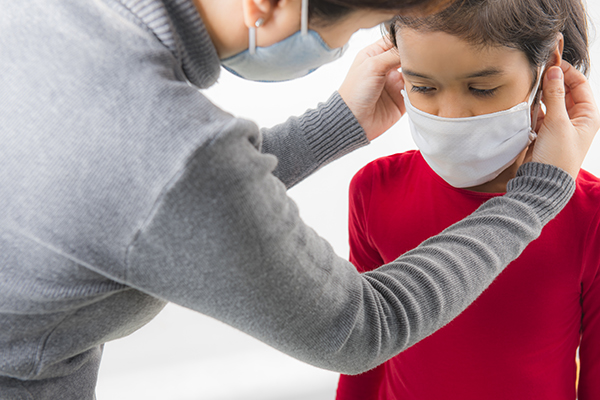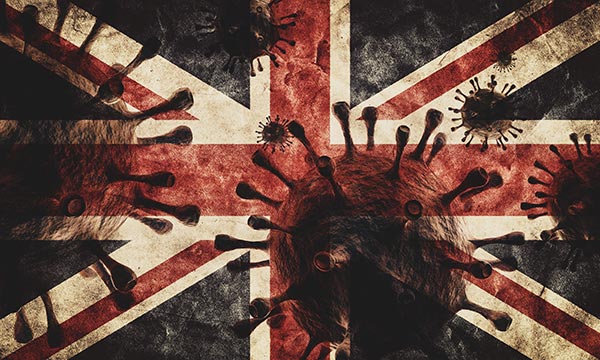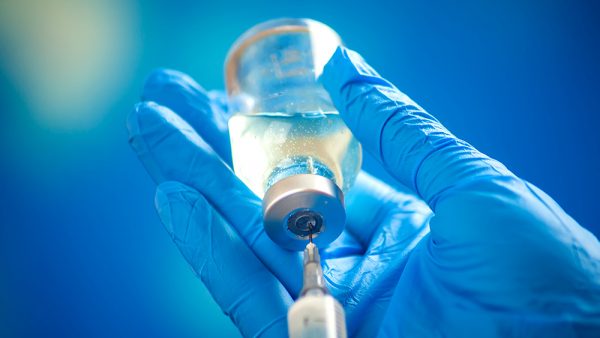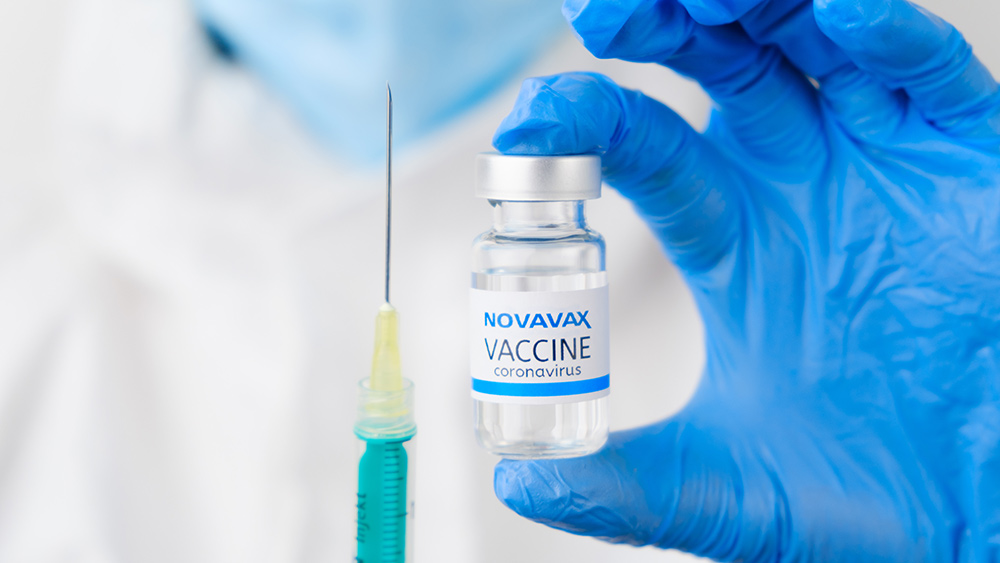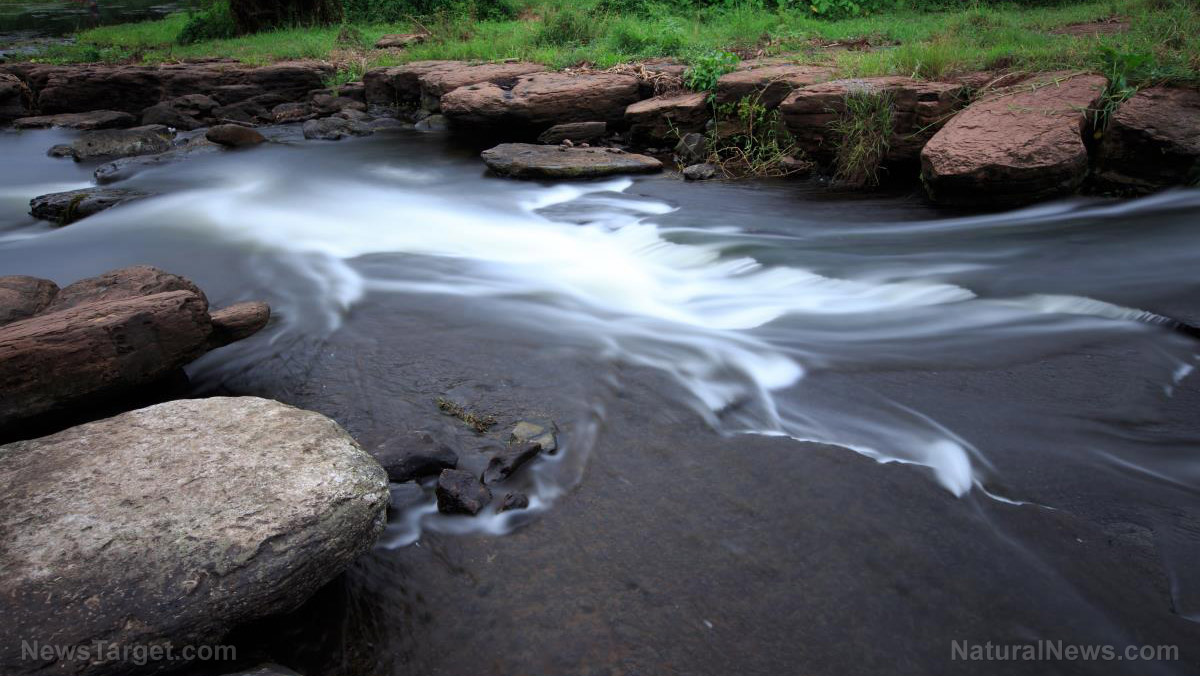
Levels of antibiotics worrying
What makes the drugs in rivers especially worrying is that there are antibiotics in them, and having antibiotics in rivers can encourage bacteria to develop resistance to the drugs. Separate research underlined the magnitude of the threat possessed by antibiotic resistance, considering antibiotic-resistant bacterial diseases have killed around five million people in 2019. Antimicrobial resistance is among the top public health challenges due to the misuse and overuse of antibiotics. A separate paper also estimated that by 2050, antibiotic resistance would be responsible for up to 10 million fatalities per year The occurrence of drug-resistant bacteria is particularly notable in sub-Saharan Africa and South Asia. The highest degree of antibiotic contamination was found in a river in Bangladesh, where metronidazole levels were 300 times higher than the safe limit. The antibiotic ciprofloxacin was also found in dangerous amounts in 64 other rivers. Having drugs in waterways endanger both human and environmental health. Medication such as contraceptives, for instance, can hinder fish from breeding and increase their susceptibility, diminishing their populations in the process. Antidepressants also cause starlings to feed less. To stop this problem, researchers believe that it is important for countries to invest in upgrading their sewage systems and wastewater treatments. According to World Bank data, almost 80 percent of wastewater is dumped into the environment untreated. Hospital waste, water-treatment facilities, septic tanks and pharmaceutical manufacturing sites are all primary contributors of drug contamination, in addition to raw sewage discharge. (Related: Big Pharma's pharmaceutical waste and pollution destroying the environment.) Unfortunately, good sewage connectivity and wastewater treatments can be extremely expensive with lots of infrastructure involved. Furthermore, it cannot guarantee the elimination of pharmaceutical concentrations. To reach a global clean water standard, analysts estimate the costs to be at around $47 billion per year, with benefits that include better health and more robust economies for some of the world's poorest.More related stories:
Pharmaceuticals are destroying fresh water ecosystems.
Antidepressant use is posing a very real threat to the environment, experts warn.
Watch the video below to learn how to protect yourself from the dangers in your water.
This video is from the What is happening channel on Brighteon.com. Follow DangerousMedicine.com for more related stories. Sources include: BlacklistedNews.com TheGuardian.com Brighteon.comAustralia’s draconian COVID lockdowns never ‘followed the science.’ Here’s proof
By News Editors // Share
CDC/FDA smoking gun of smoking guns
By News Editors // Share
NYT: “Do COVID precautions work? Yes, but actually not really.”
By News Editors // Share
By Arsenio Toledo // Share
3 Aussie women experience SERIOUS REACTIONS after getting Novavax COVID shot
By Ramon Tomey // Share
A new brink: Trump’s strike warning meets Iran’s vow of retaliation
By willowt // Share
Modern science validates turmeric's ancient anti-inflammatory power
By willowt // Share
HHS freezes child care funds to 50 U.S. states amid Minnesota fraud review
By lauraharris // Share
U.S. approves $328.5 million arms sale to Taiwan amid rising tensions with China
By kevinhughes // Share


